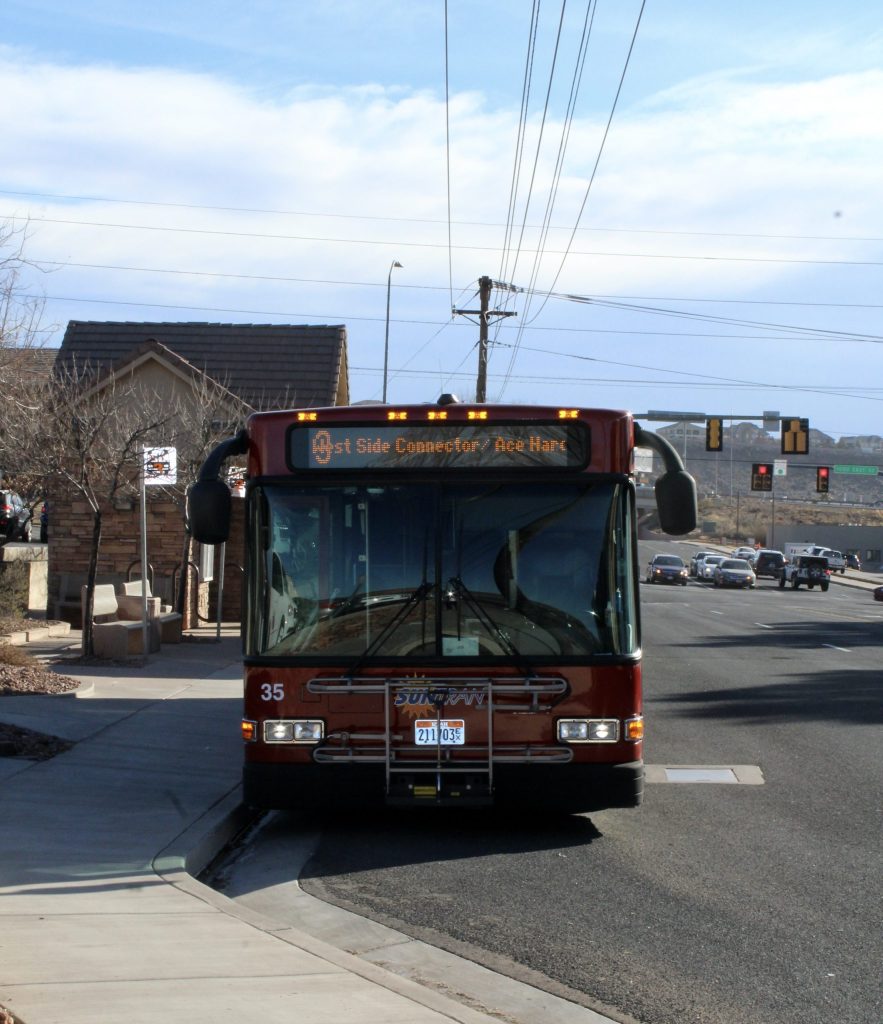Numbers show a strong monsoon season for St. George but not enough of an outlier to cause any concern of extreme damages.
Numbers tracked by the National Information System show a significant climb in precipitation in the St. George area. Multiple storms brought in around two inches of rain.
According to the gages tracking these storms, the highest water flow in the Virgin River caused by these storms was 600 cubic feet per second.
Cameron Cutler, public workers director for the City of St. George, said this amount of rainfall could be a cause for concern if received in isolated areas. However, the river is set to handle water flow up to 15,000 cubic feet per second.
Cutler said the heavy rainfall in recent months has caused multiple clean projects for the public works department but nothing more. Mud getting on roads and a landscaping rock at Desert Canyon sliding onto the street are the extent of the issues.
In July, a sinkhole opened on 100 S. right off campus after a large storm, causing many to speculate the storm was the cause. Cutler explained this wasn’t the case.
“In actuality that wasn’t from the storm, that was a waterline burst,” Cutler said.
As far as storms being the cause of events like this in the past, Cutler said the correlation between large storms and bursting waterlines is unclear.
“We’ve wondered in the past if it’s had anything to do with the storm… it sometimes happens while it is raining and while it’s not,” Cutler said. “When pressures change in the atmosphere, you could get some different pressure fluctuations in pipes. Could get some breakage from pipes in that way.”
With the end of the monsoon season, St. George has been met with a just as impressive heat wave. For nearly three weeks, St. George has seen a high in temperature reaching and exceeding 100 degrees.
Cutler said the extreme hot weather is “always a concern.”
Cutler said with the Glen Canyon dam being the main supplier of energy and drinking water for St. George residents, there is a concern of droughts and hot weather lowering the water level to a point where it can’t produce the power needed by residents.
Cutler said the city has some other ways to produce power, i.e. solar panels, but the power supplied by the dam is still integral at this point.
As for right now, Cutler said the water has stayed high enough to supply enough power to avoid brownouts. The state of Utah has diverted water towards the Glen Canyon dam to help maintain water levels.



